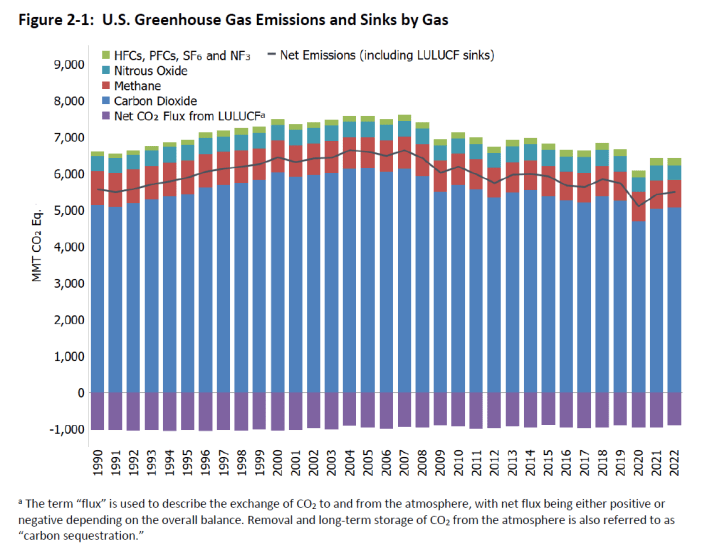The narrative surrounding carbon emission reductions in the United States often presents an optimistic picture, yet a closer examination reveals a stark reality: tangible progress remains significantly limited, leading to a concerning disconnect between ambitious climate goals and actual environmental outcomes. While public discourse frequently highlights targets and timelines, the underlying strategies and their effectiveness warrant much deeper scrutiny, particularly concerning the nation’s commitment to mitigating global warming.
A recurring pattern in US climate goals involves grand announcements of future milestones, such as the aspiration for a net-zero economy by 2050, or California’s aggressive targets for zero-emission vehicle sales by 2030 and 2035. These pronouncements, while well-intentioned, often overshadow the critical need for immediate, impactful policy implementation. The emphasis appears to be more on setting distant benchmarks rather than forging concrete pathways to achieve them, raising questions about the sincerity of these environmental pledges.
For those deeply invested in the existential threat posed by climate change and its link to carbon emissions, the current trajectory is a source of profound concern. The ambitious timetables for complete decarbonization and widespread adoption of zero-emission technologies appear, at present, to be largely aspirational rather than genuinely achievable given the current pace. The perceived lack of urgency in translating these long-term visions into actionable, near-term strategies suggests a significant gap between rhetoric and reality.
Indeed, a substantial portion of the documented reductions in US carbon emissions can be primarily attributed not to new, innovative renewable energy initiatives or sweeping environmental policy changes, but rather to a foundational shift in the nation’s energy policy. This involves a significant pivot away from coal combustion towards increased utilization of natural gas for electricity generation, a transition largely driven by market dynamics and the relative abundance of natural gas.
While the burning of natural gas emits less carbon dioxide than coal, this transition alone does not represent a comprehensive solution to the climate crisis. It merely substitutes one fossil fuel for another, albeit a cleaner-burning one, delaying the imperative shift towards truly sustainable and renewable energy sources. True, enduring progress in reducing greenhouse gases necessitates a more fundamental overhaul of the energy infrastructure, moving beyond incremental improvements.
Furthermore, the modest advancements achieved by the United States in curtailing carbon emissions must be considered within a broader global warming context. While the US economy accounts for approximately 13% of global carbon emissions and has seen a gradual decline, the global landscape is dominated by other major players. China, for instance, represents a staggering 31% of global emissions, and this figure continues to rise, significantly influencing overall planetary warming trends.
This disparity underscores that even if the United States were to achieve its ambitious domestic targets, the global impact would remain constrained without parallel efforts from other industrial giants. The interconnected nature of climate change demands a coordinated international response, making domestic efforts, while vital, only one piece of a much larger and more complex puzzle. The challenge of global emissions reduction is truly a shared responsibility.
Ultimately, the limited progress in significantly reducing US carbon emissions highlights the urgent need for more robust and decisive climate policy frameworks. The current reliance on fuel switching, while offering some short-term gains, falls short of the transformative changes required to meet long-term environmental goals and effectively combat the escalating threats of global warming and climate instability. Real, measurable progress demands more than just announced timelines; it requires sustained action.






Leave a Reply